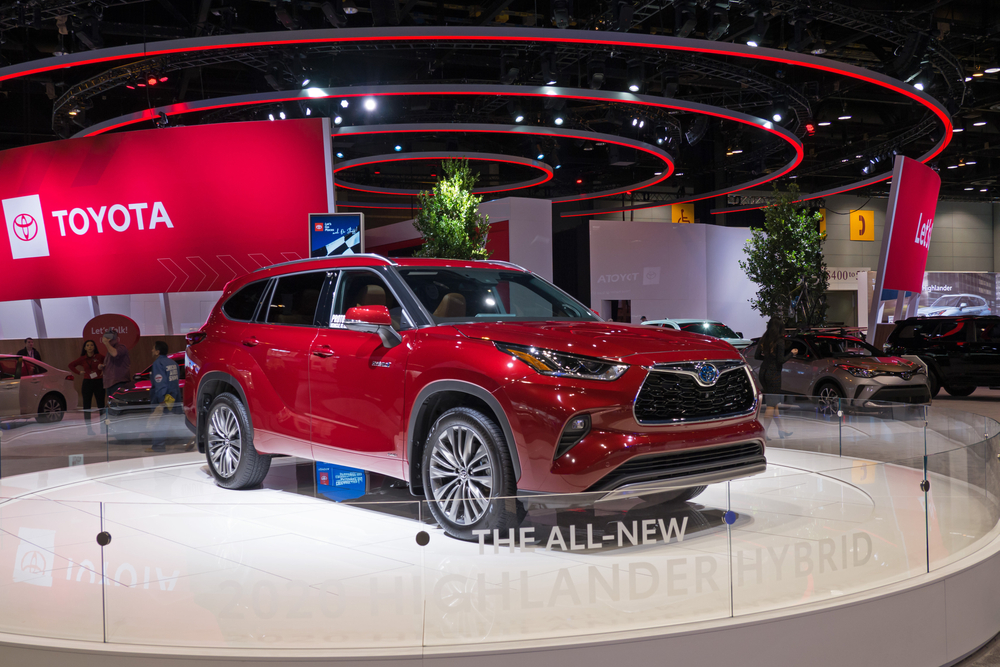Of course the Toyota hybrid powertrain is completely different than the one used in "$multi-million" F1 hybrid race car!Undoubtedly robust, it is a Toyota. But very much removed from the kind of F1 approach that you brought into the conversation, as clearly explained in the video. We had a Prius once, with the 1.8VVT engine, we hated the thing. I hated how you could be standing still and the engine revs likes mad charging the batteries. I also hated how in hilly area there is so little power output, made me feel a bicycle would be quickerAnd the interior, well I could only stand so much recycled plastic in a lifetime. But yes, robust undoubtedly.
Here are the most common hybrid automobiles in the US:

20 Hybrid Vehicles with Exceptional Lifespan Records - My Car Makes Noise
When it comes to hybrid vehicles, longevity is a key factor for many drivers. Some models are not only eco-friendly but also built to last, offering
Last edited:

